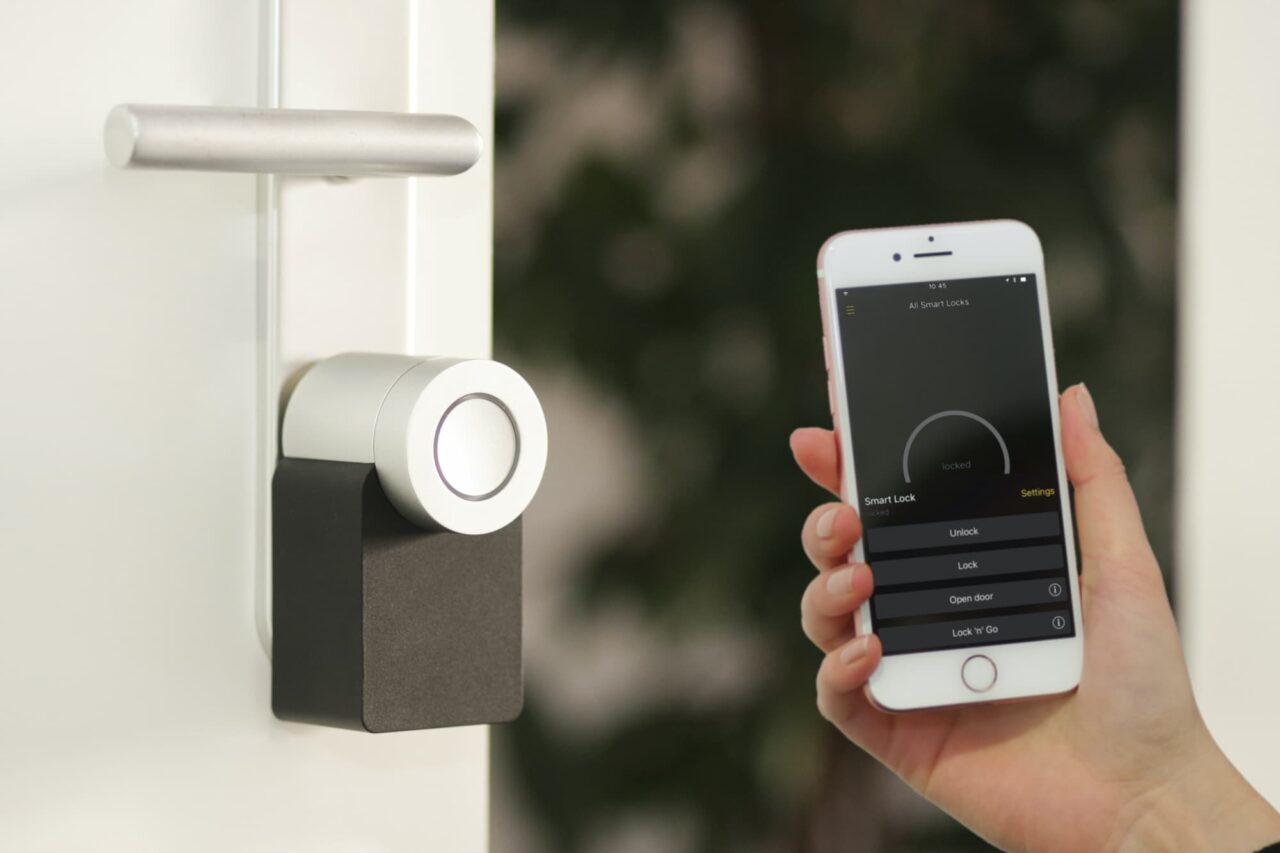Smart-house is a modern building management system that works on the basis of the internet of things and connected devices. It is believed that living in a house with such settings makes life easier. It’s time to learn more about smart buildings.
Smart buildings are based on a multi-room operating system, and all appliances are functionally interconnected and connected to a home network with Internet access. You can control them with a remote control, display, PC or smartphone. The multi-room system analyzes the parameters inside the room, and with a few keys you can adjust the operation of the devices “for yourself”.
How long ago was the concept of “smart home”?
From the pages of fiction stories, the concept of a smart home emerged in the twentieth century. Nikola Testa contributed to the creation of the remote control system, and the first electronic automation system was called the “Echo IV home computer”, which in 1966 became the first analogue of the “smart home”.
Let’s get into more details on what is a smart building? The term “smart building” was coined in 1984 and introduced by the American Developers Association. It was then that the decline in prices for electrical appliances began, which made it possible to build offices with high functionality. At the end of the 20th century, smart home appliances and new multimedia control technologies began to appear.
What is included in this concept?
The Smart Building system includes the following components:
- Control center (in the form of a tablet or console) that records and interprets data from sensors.
- Sensors of movement, smoke, flooding, opening windows or doors, light, humidity, temperature.
- Automatic water taps.
- Temperature regulator for batteries.
- Counter readers.
- Video on-door speakerphone.
- Sometimes also – voice assistants.
How to use these technologies for homes?

Smart light – The lights turn on and off when a person appears or leaves the room. You can set the appropriate type of lighting for each family member, as well as program the lighting for a party or, for example, a romantic dinner.
Microclimate – The system automatically regulates the temperature and humidity in each of the rooms. And the ventilation system allows you to enjoy fresh and clean air. No more stuffiness.
Safety – The system automatically shuts off gas valves and water in the event of a leak. A smart alarm that notifies the police of uninvited guests, and an intercom records visitor messages for the host. Video surveillance is available anywhere in the city just on your smartphone.
Comfortable movement – Determining the trajectory of movement of a family member and adjusting the temperature, music, lighting just under him.
Energy saving – According to the ambient temperature, the temperature inside the house is regulated. The batteries can be switched on automatically in the evening before going to bed and switched off in the morning.
Calculations – Compiling a shopping list, accounting for products in establishments through the reading of barcodes or RFID-tags.
Voice control – The smart home doesn’t just understand keystrokes: it also recognizes your voice and performs all tasks: from turning on the music to ending up with a hot tub for you.
Pet Care – Doors for cats and dogs will open automatically and the hamster feeder will be replenished automatically.
How expensive is it?
The cost of equipment and its installation varies depending on the manufacturer and the size of the room. For example, to minimally equip a one-room apartment, you will spend about 25 thousand UAH, and the complete set will cost about 200-300 thousand UAH.
Final words
2018 has become a year when a lot of people are used to talking – not with people, but with devices. Smart gadgets have learned to respond to requests to read lyrics, play a song or set an alarm for the right time. However, you are not the only one who talks to your smart speaker or smartphone, say researchers interviewed by The New York Times.
The material of the famous publication did not appear just like that. Over the past 2 years, researchers in the United States and China have begun to demonstrate that with certain equipment and skills, you can give commands to your smart assistants so that you will not hear anything yourself. This vulnerability extends to both Apple’s Siri and Amazon’s Alexa and Google Assistant services. These experiments were performed not only by YouTube enthusiasts, but also by serious researchers in university laboratories. Their attempts went no further than dialing telephone numbers or visiting certain sites with commands that the human ear could not distinguish. However, in the hands of attackers, such approaches to managing voice assistants will mean the ability to open the front door of the apartment, transfer funds from your accounts via Internet services or buy goods without your knowledge – just by scrolling a song on the radio next to your device.
